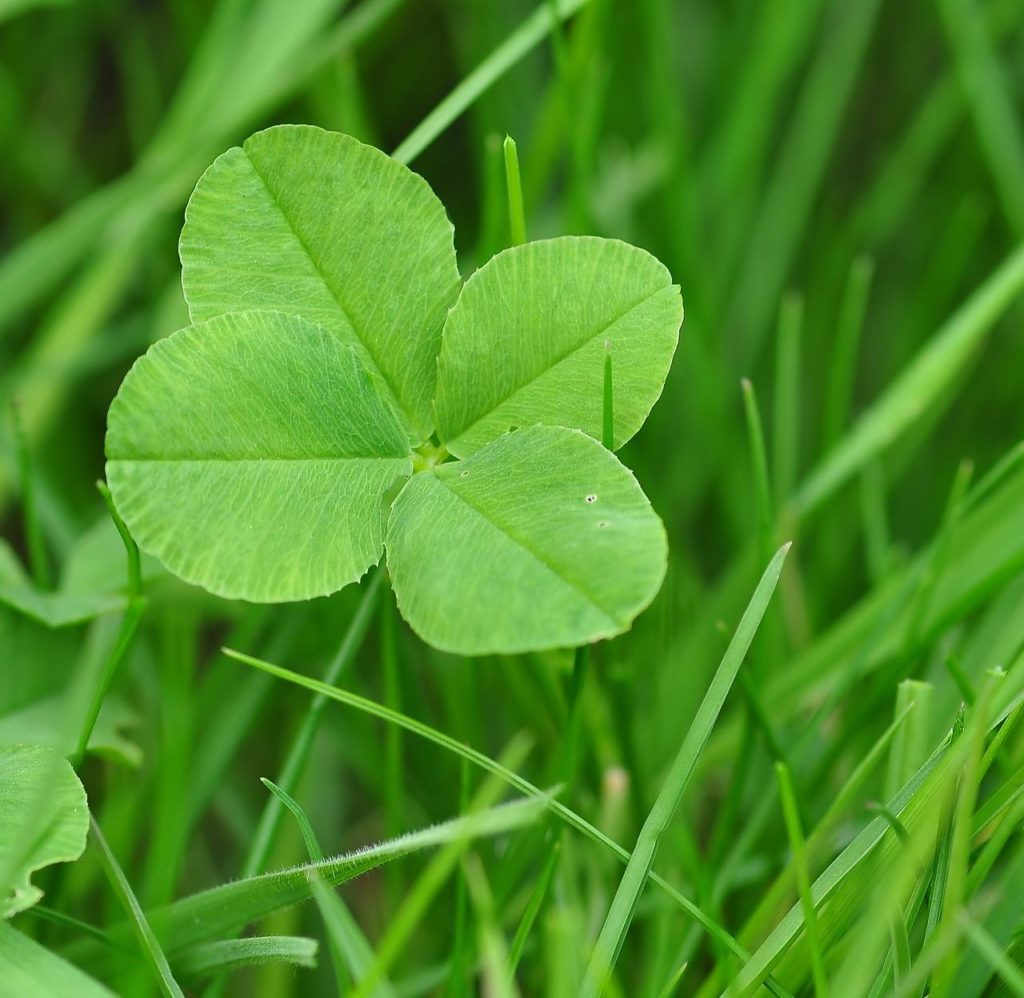
The land that we purchased down in Spencer was cheap for a reason. It’s pretty bad land. You can poke around for yourself if you want to learn more about soil types with this soil survey map. It offers a bunch of information about various soil types and their properties. It can be tricky to use, so find a tutorial. This post is about restoring that degraded land using deer manure and clover as a nitrogen fixer.
Joel Salatin, who is my personal hero, talks often about the restoration of over-tilled and degraded landscapes. His understanding of agronomy is profound and nuanced, but it essentially boils down to this: We need to graze animals on pasture because their manure builds back the soils that have been degraded. Responsible low-till or no-till management of that land is needed or we will continue to destroy the land and may actually eventually endure mass starvation.
What on earth does all this doom and gloom nonsense have to do with clover? Good question, imaginary reader that I’m using as a literary device. Clover does all of the following: it prevents erosion, it suppresses weeds, It is a nitrogen fixer, and it is a delicious high protein snack for deer.
Deer Snacks
This is the primary benefit that speaks to Joel’s points here. That article is stupendous, and really worth your time if any of this is even remotely interesting to you. Read Joel Salatin. I can’t endorse him enough.
As noted in this paper from Iowa State, animal manure has a high carbon content, and that carbon content improves the utility of the nitrogen for plant life. Carbonaceous mulch is the fundamental biggest builder of soil that exists. Additionally, deer manure is full of other nutrients (like nitrogen and phosphorus) which improve the health of the soil.
nitrogen Fixer
Clover is a nitrogen fixer, which means that the plant is able to draw nitrogen out of the air (which is around 70% nitrogen, but the nitrogen is inert). It deposits that nitrogen in nodules at the roots. When the plant dies back, those nodule release nitrogen. Nitrogen is an essential nutrient that plants need to grow and thrive.
Let’s sum up: Clover fixes nitrogen from the atmosphere where it’s not useful to plants to below the soil surface where it is useful to other plants. That means that clover is a good friend to other plant life.
While clover is great deer food, it’s not a complete deer food. The nitrogen fixation aspect of clover will help to get the ball rolling on healing the soil.

Deer will graze clover and will drop plenty of droppings, which will improve the soil along with the nitrogen fixation, then I’ll plant other grasses or brassicas, and the deer will eat those and continue dropping manure, etc. For the most part, the perennial nature of these plants makes the whole process autonomous. Nature does the work, I just set things in motion.
Weed suppressor
This one is far more straightforward. If you plant clover, it’ll take up sunlight space, which will reduce the available sunlight to weeds, which will prevent weeds from coming up. When we’re ready for other grasses or plants to supplement the clover, we’ll just mow the clover down. It won’t kill the clover completely, it’ll just knock it back a little bit so the other stuff can get established.
erosion control
Erosion control is a critical last piece of the puzzle. We’re trying to attract deer so they’ll spread their manure, but if a heavy rain comes, it will wash that manure away. This land is on a steep slope. That makes it particularly susceptible to runoff, which is when rain carries away the valuable topsoil.
Clover shields the bare dirt with its leaves. This reduces the impact of rainwater. More importantly though, clover provides structure to the soil with its root mass. This prevents the soil from washing away.
Conclusion
I hope this helped out–there’s so much more to talk about, like clover varieties, or planting times, or planting strategies. I’ll probably do posts on those in the future. For now I’ll leave you with this little tidbit–there are tons of plants that fix nitrogen! Locust trees, siberian pea shrub, even some fruit producing species like seabuckthorn. I actually grew some nitrogen fixing shrubs and trees in an air prune bed this year. Click those links to read more about that!
If you’d like to get email notifications when I post new stuff, click here!
Leave a Reply